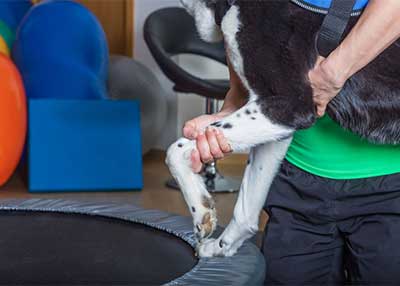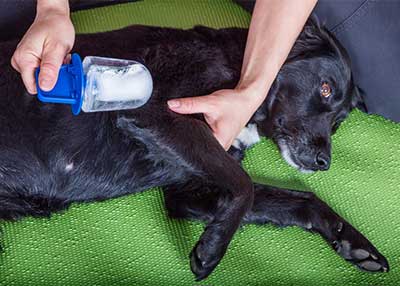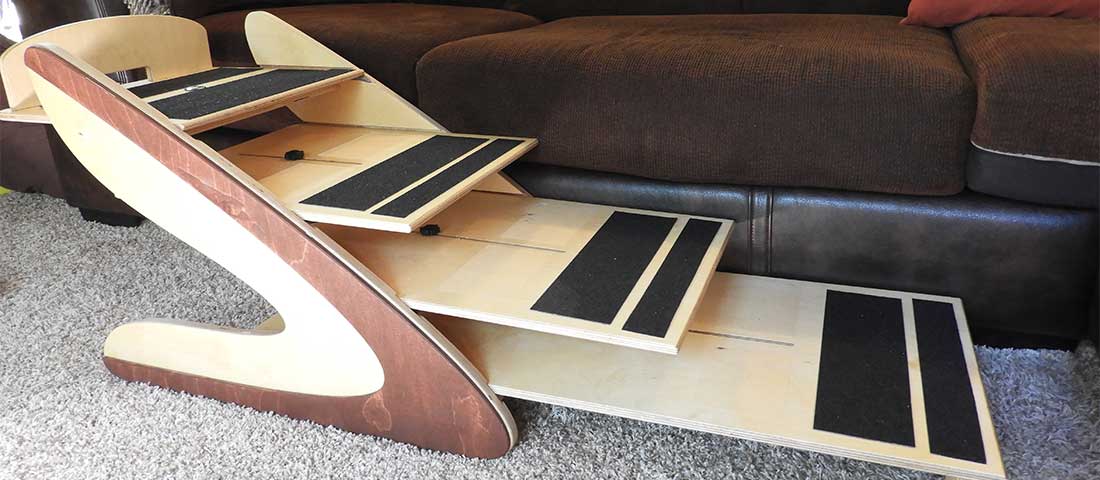Good Steps® ~ Dog Steps for Special Needs Dogs

Think of the Pawsibilities
Getting old or injured is tough on dogs ...Good Steps can helpOne day they are jumping up on the couch to cuddle, the next they are walking stiffly and laying on the floor looking at you with those questioning eyes, "Why me? What now?". Whether it is age related or the result of an injury or operation, it hurts not to be at your best. Good Steps can be a helpful part of helping your loved one get their paws back under them.
Good Steps® can help with issues such as:- Injuries
- Senior dog issues
- Heavy dogs
- Joint pain
- Hip issues
- Nerve damage
- Balance issues
- ReHab
- Weakness
- Vision problems
- ...and more we haven't thought of

Dog Stairs and Joint Issues
More pain than it was worth ...until nowJoint issues – dogs get joint issues, it’s a fact. A variety of health problems can make climbing or descending stairs painful for dogs, in fact, a reluctance to go up or down stairs is often one of the first signs that your dog is suffering.
Jumping up and down while getting to/from their favorite spot on the bed or couch is a sure way to aggravate joint issues and cause a lot of undue stress and pain, not to mention additional vet and med bills. Making it as easy for them as possible means helping them navigate heights without strain or impact on muscles and bones, particularly on paws and joints.
Consider, hip dysplasia results from excessive erosion in the hip, caused by a malformed ball-and-socket joint. Over time this erosion builds up and when the hip is sufficiently worn, certain movements can become quite painful for dogs. The action of climbing stairs, or jumping up on a couch or bed, requires the hind legs to bear much of the dog's weight, this can create a lot of pain for a dog with hip dysplasia. In similar fashion, arthritis makes climbing stairs a painful experience due to the discomfort caused when weight is put on an affected joint. Jumping up on a couch or bed when you have arthritis? …forget it!

Rehab Assistance?
The road to recovery is never easy ...but now, it can be a little easierRehab – Rehab can be tough on dogs and their peeps. Damage to soft tissue and bones, inflammation, the slow healing process. And then there are the limitations on freedom of movement, restricted access to places they used to access easily, weakness and pain. If you have ever experienced rehab for yourself, you can empathize pretty quickly with what your dog is going through.
Having the ability to adjust the steps they use to accommodate their condition is very important. And, being able to continue to adjust the stair’s angle, tread depth, and rise between steps can easily become a part of their therapy. Be sure to always discuss this with your dog’s therapist before embarking on any rehab protocol involving adjustments such as those found with Good Steps.

Why Good Steps?
Ergonomically designed dog steps for dogs like yoursHaving the ability to adjust the stairs they use to accommodate their condition is very important. Good Steps keep dog's paws flat which, unlike dog ramps, is easier on sensitive joints and ligaments, and you can minimize the angle of approach, all while giving them as much tread space as they need to feel safe and secure. And, unlike traditional dog steps, the adjustability of Good Steps makes them a candidate for therapy work. Be sure to always discuss this with your dog’s therapist before embarking on any adjustment protocol.


ORDER NOW
6 months - Same as Cash
US & International Patents Pending | ![]() Proudly made in the U.S.A.
Proudly made in the U.S.A.